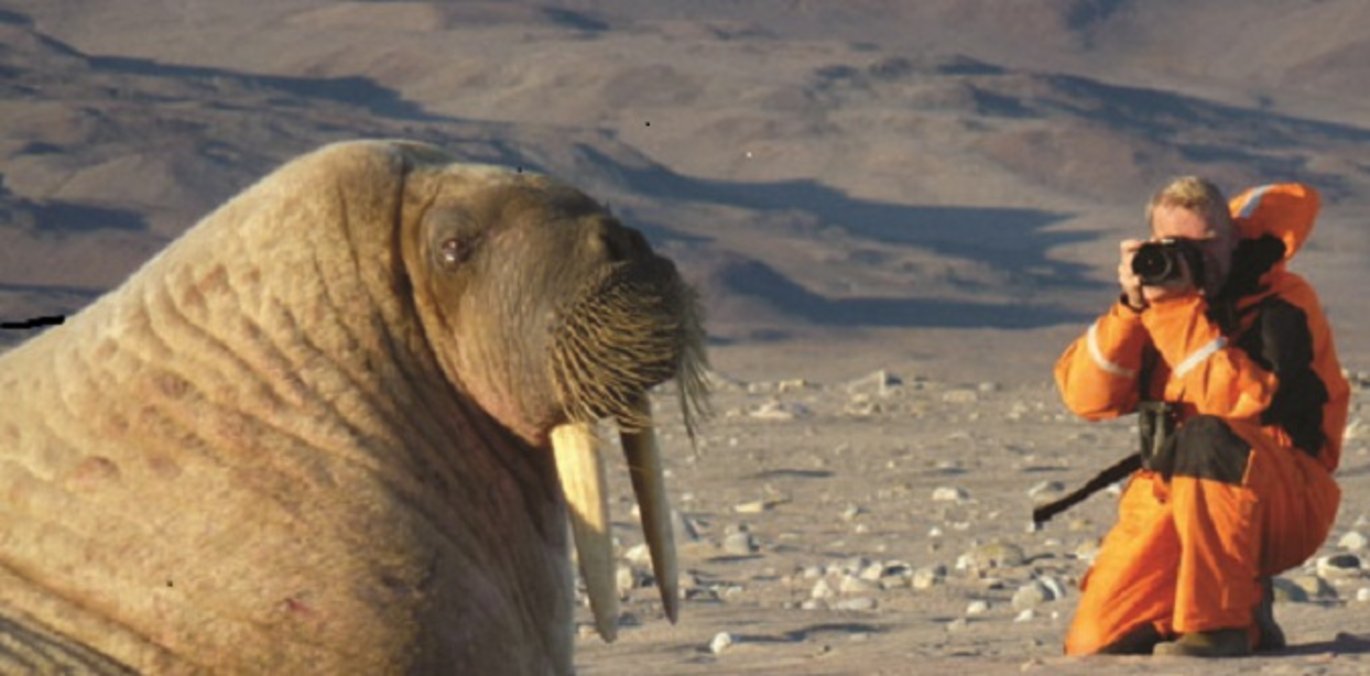Arctic research and monitoring worth half a billion Danish Kroner
The Arctic research and monitoring programme - Greenland Ecosystem Monitoring (GEM) - which is coordinated by Aarhus University, either cooperates with or is formally involved in projects and initiatives in the Arctic region worth half a billion Danish Kroner up till 2016. DCE publishes GEM's working plan.

The Arctic research and monitoring programme - Greenland Ecosystem Monitoring (GEM) - which is coordinated by Aarhus University, either cooperates with or is formally involved in projects and initiatives in the Arctic region worth half a billion Danish Kroner up till 2016. This appears from the GEM strategy and working plan 2011-2015, which is published by DCE - Danish Centre for Environment and Energy, Aarhus University.
EU, Canada, Greenland, Denmark and the rest of the Nordic countries finance the multitude of projects and investments where GEM is involved. The projects include research and monitoring of the environment and the wildlife in the Arctic region, including the effects of climatic changes to the arctic ecosystems.
GEM concentrates on Greenland with the research stations in Zackenberg in high-arctic North-East Greenland and at Kobbefjord near Nuuk in low-arctic South-West Greenland. From 2012-2015 alone, the research and monitoring budget for the activities was a little less than 65 million DKK for the five programmes: KlimaBasis, GeoBasis, BioBasis, MarinBasis and GlacioBasis. With a share of more than 61 million DKK, The Danish Energy and Environment Agency is financing the majority of GEM's activities, which the scientists of Aarhus University are performing in cooperation with Copenhagen University, the Geological Survey of Denmark and Greenland (GEUS) and in Greenland with the Greenland Institute of Natural Resources and Asiaq (Greenland's counterpart to GEUS).
Increased interest
Scientific coordinator in GEM, senior scientist Morten Rasch, explains the not only Danish but also internationally increased interest in research and monitoring of the Arctic regions by the great importance of this area in relation to climatic changes and by the increasing geopolitical importance of the region in a global context - especially in consequence of the effects of the climatic changes, including melting of sea ice, thawing out of permafrost tundras and melting of glaciers and inland ice.
"We see for instance the Canadians alone investing 165 million DKK up till 2016 in building a world-class arctic research station; and a number of other countries are investing to increase their knowledge of the Arctic regions. In the wildlife and environment field, the GEM programme has established unique data series through its systematic registration of the Zackenberg plant and animal life since 1995, and this fact increases other research stations' interest in cooperating with us and exchanging data and knowledge" explains Morten Rasch.
The strategy and working programme of GEM sets up five research and monitoring goals, including to strengthen the scientific understanding of the functions and structures of arctic ecosystems in a changing climate, and to contribute to a coordinated and integrated collection and analysis of data related to the effects of the climatic changes across the Arctic.
"We will increase our participation in and cooperation with international research projects and take the initiative in establishing international networks and research programmes focussed on the effects of climatic changes on the arctic ecosystems" says Morten Rasch.
Contact: Senior Advisor Morten Rasch, tel. +45 8715 8676, mras@dmu.dk
DCE – Danish Centre for Environment and Energy
Department of Bioscience, Aarhus University
Greenland Ecosystem Monitoring Strategy and Working Programme 2011-15. Rasch, M., Schmidt, N.M. and Juul-Pedersen, T. (eds.) (2012). DCE – Danish Centre for Environment and Energy, Aarhus University. 82 pp.
Working Programme in pdf-format (MB)
